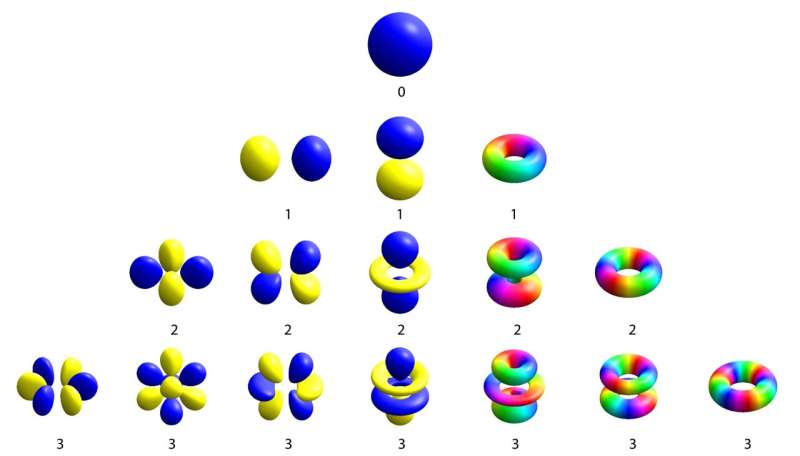Phys.org January 10, 2023
After an extensive study of the angular dependence of quantum oscillations (QOs) in the electrical conductivity of YPtBi an international team of researchers (USA – University of Maryland, Missouri University of Science and Technology, Rutgers University, Canada) has reported an anomalous Shubnikov–de Haas effect consistent with the presence of a coherent j=3/2 Fermi surface. The QO signal in YPtBi manifested an extreme anisotropy upon rotation of the magnetic field from the [100] to [110] crystallographic direction, where the QO amplitude vanished. According to the researchers this radical anisotropy for such a highly isotropic system cannot be explained by trivial scenarios involving changes in effective mass or impurity scattering, but rather is naturally explained by the warping feature of the j=3/2 Fermi surface of YPtBi, providing direct proof of active high angular momentum quasiparticles in the half-Heusler compounds. There are predictions that some exotic superconducting states could give rise to properties that are unaffected by the noise that happens at any one point. These properties might be able to encode quantum bits, potentially allowing for the creation of quantum computers that are much more robust…read more. Open Access TECHNICAL ARTICLE

Atomic orbitals at different angular momentum values (labeled with numbers) form a variety of shapes. Credit: adapted from Geek3, CC BY-SA 4.0, via Wikimedia Commons.